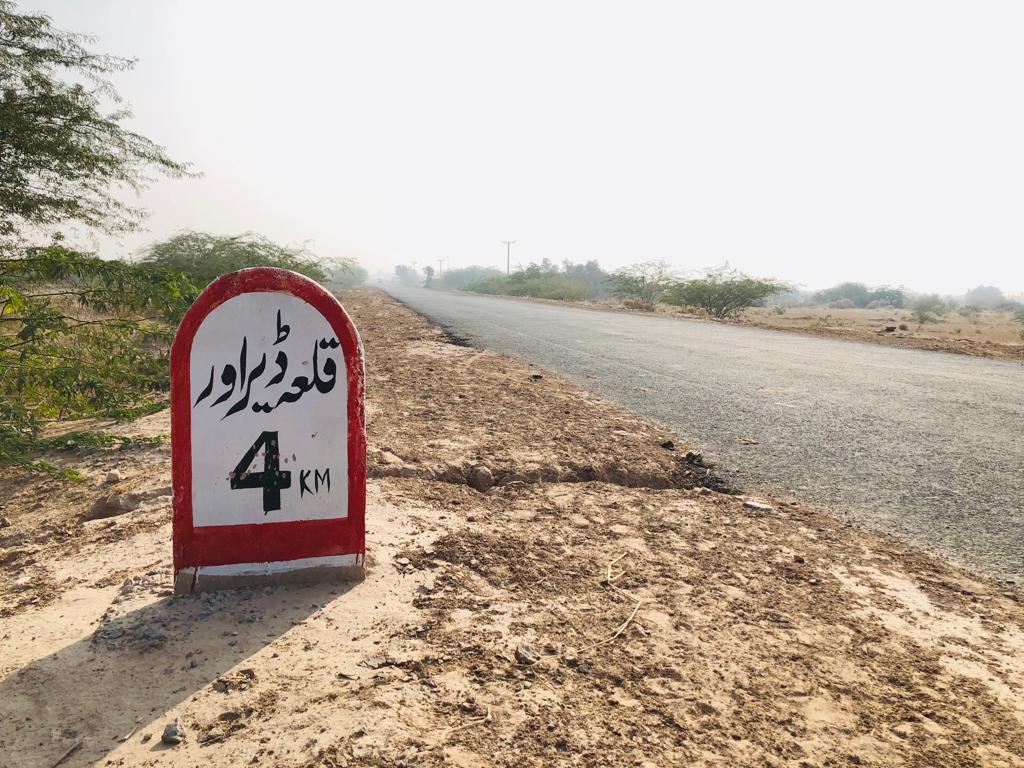Darawar Fort, also known as Derawar Fort, is a historical fortress located in the Cholistan Desert, Bahawalpur district, Pakistan. It is a prominent landmark that attracts thousands of tourists every year due to its architectural beauty, historical significance, and cultural value.
The fort was built in the 9th century by Rai Jajja Bhati, a Hindu ruler. It was then captured by the Nawabs of Bahawalpur in the 18th century, who restored and renovated it. The fort’s current appearance is a result of their efforts.
The fortress spans over an area of 40,000 square feet and stands tall at 100 feet. It comprises of 40 towering bastions that are visible from a distance, making it a remarkable sight. The walls of the fort are made of locally sourced bricks and are embellished with intricate patterns and designs.
The fort’s interior is equally impressive, with a network of corridors, staircases, and rooms. The rooms were used as barracks, living quarters, and storage spaces. The fort also has a mosque, which is still in use today.
Apart from its architectural beauty, the fort is also known for its historical significance. It served as a strategic military outpost and played a significant role in the region’s political and social history. It witnessed several battles and wars and was even used as a prison during the British era.
Today, the fort is a popular tourist destination that attracts history buffs, architecture enthusiasts, and adventurers. Visitors can explore the fort’s maze-like interior, climb up the bastions for a breathtaking view of the surrounding desert, and attend cultural events and festivals held at the site.
However, despite its popularity, the fort faces several challenges, including weathering, natural erosion, and lack of proper maintenance. The government and private organizations have initiated various restoration and preservation projects to protect and conserve this iconic site for future generations.
Darawar Fort is a true gem of Pakistani heritage that showcases the region’s rich history, culture, and architecture. It serves as a reminder of the glorious past and must be preserved and protected for future generations to appreciate and enjoy.


